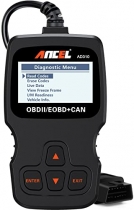-
Welcome to Tacoma World!
You are currently viewing as a guest! To get full-access, you need to register for a FREE account.
As a registered member, you’ll be able to:- Participate in all Tacoma discussion topics
- Communicate privately with other Tacoma owners from around the world
- Post your own photos in our Members Gallery
- Access all special features of the site
long-term storage of conventionally-powered vehicles (1-6 months)
Discussion in 'General Automotive' started by genxer36, Apr 9, 2009.


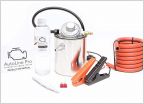 Yoyo
Yoyo Easiest way to attach a sticker (non permanent)
Easiest way to attach a sticker (non permanent)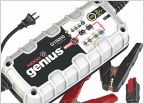 Battery charger recommendations
Battery charger recommendations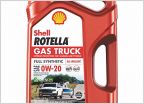 New SHELL Rotella 0w20 for Gas Engines
New SHELL Rotella 0w20 for Gas Engines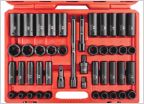 God I Hate Incomplete Tool Sets
God I Hate Incomplete Tool Sets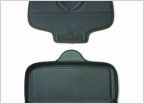 Car seat suggestions?
Car seat suggestions?




















































